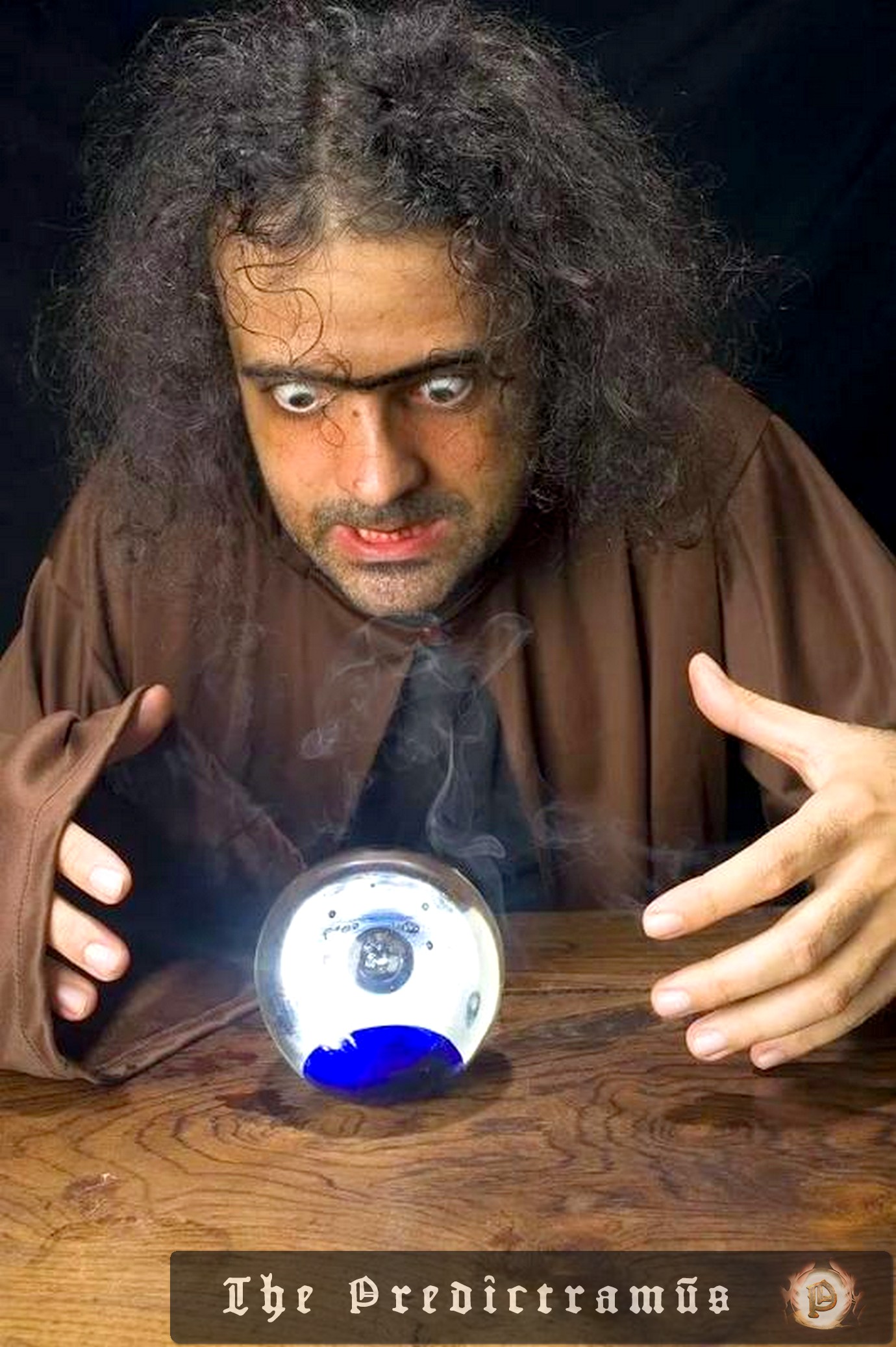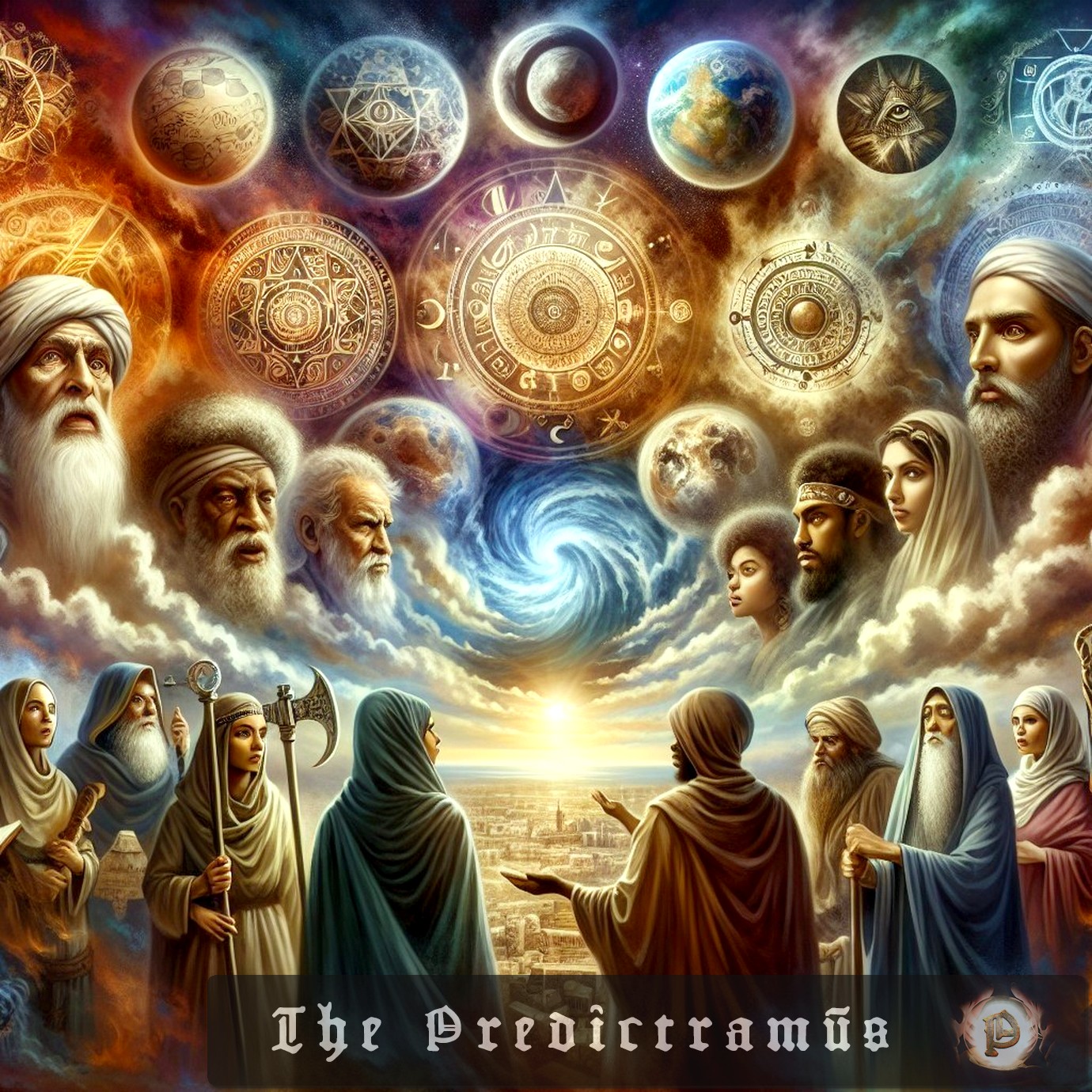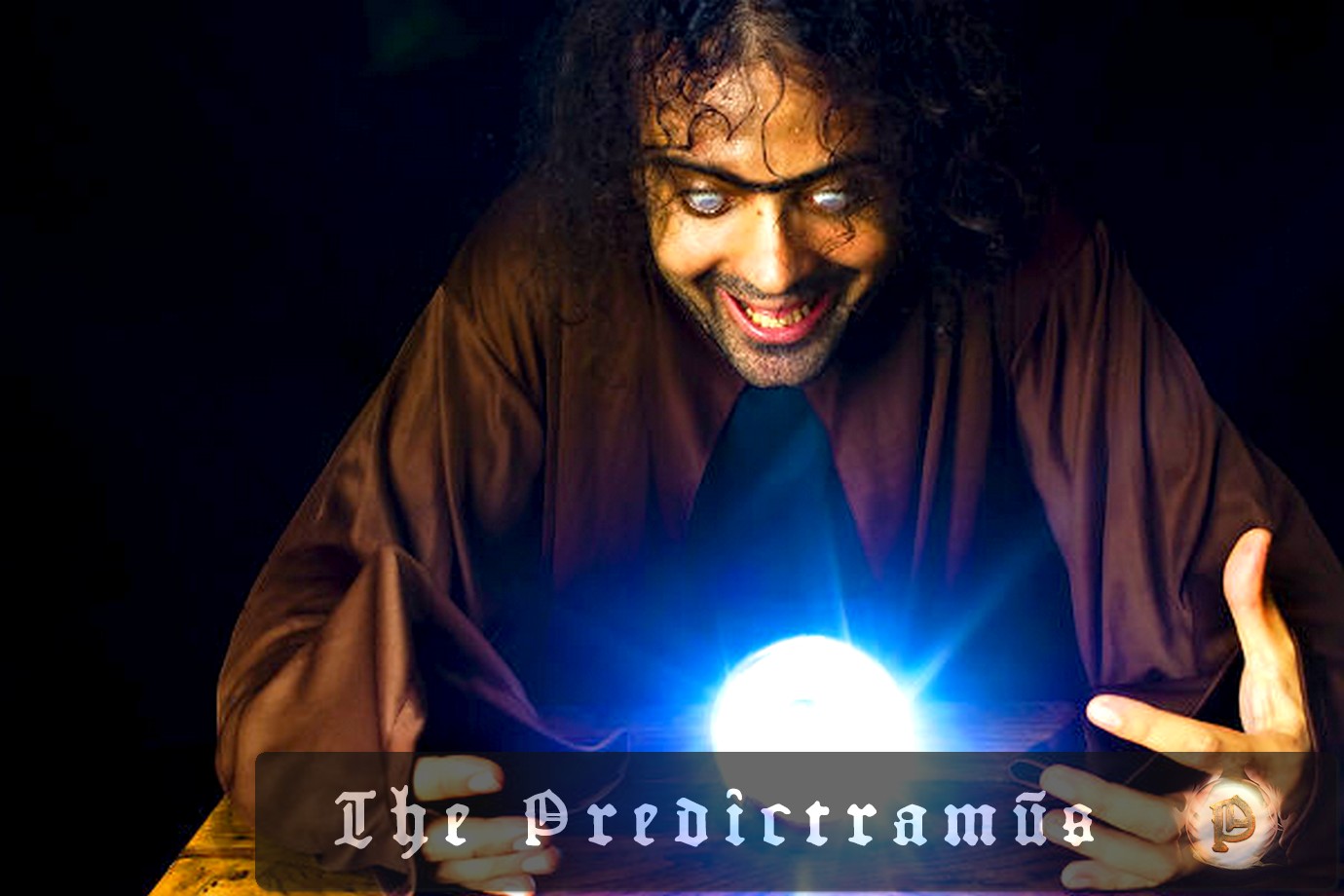Physicists in Germany and France have proposed an experiment that could revolutionize our understanding of high-temperature superconductivity. The experiment involves trapping atoms on a two-layered laser grid, which could help scientists study the mechanism behind this phenomenon. This breakthrough could lead to a deeper understanding of macroscopic quantum phenomena in many-body systems. Forecast for 6…
Science on The Soothsayer / page 22
A team of astronomers led by Nikku Madhusudhan of the University of Cambridge has made a groundbreaking discovery using the James Webb Space Telescope. They found molecules associated with life in the atmosphere of the exoplanet K2 18b, which is believed to be an ocean world teeming with life. However, other astronomers warn that the…
A team of researchers from Los Alamos National Laboratory has unveiled a groundbreaking model that sheds light on the mysterious process of heavy element formation in collapsing stars. According to the study, energetic photons generated by newly forming black holes or neutron stars can transmute protons into neutrons, creating ideal conditions for the rapid neutron-capture…
Mathematicians Noga Alon and Peter Sarnak have been engaged in a friendly debate since the late 1980s about the existence of optimal expander graphs, which are highly interconnected networks with relatively few edges. Recently, three mathematicians have finally settled the debate, proving that such graphs are not as rare as Alon and Sarnak thought. This…
NASA’s Curiosity rover has made a groundbreaking discovery on Mars, uncovering a hidden cache of carbon-bearing minerals that have been locked in the planet’s rusty rocks for millennia. This finding provides the first evidence of a carbon cycle on Mars, but also suggests that the planet’s life-friendly climate was lost due to a slow carbon…
Researchers at the SLAC National Accelerator Laboratory have achieved a groundbreaking feat by producing the world’s most powerful ultrashort electron beam. This accomplishment marks a significant milestone in the field of particle acceleration, with potential applications in various areas, including medicine, materials science, and energy research. The achievement demonstrates the lab’s commitment to pushing the…
Astronomers have confirmed the existence of a lone black hole, one with no star orbiting it, located in the constellation Sagittarius. This discovery is significant as all previously known stellar-mass black holes have companion stars that betray their presence. The black hole, which is about seven times as massive as the sun, was discovered using…
Researchers from China, the UK, and Singapore have successfully demonstrated the quantum analogue of the Mpemba effect, where a quantum system can cool faster than expected under certain initial conditions. This breakthrough has significant implications for the development of quantum computers and batteries, as it provides a new strategy for designing and analyzing open quantum…
Science journalist Adam Becker’s book “More Everything Forever” challenges the vision of a future where technology enhances human capabilities and lets us surpass biological limitations. Becker argues that this vision is unrealistic, laden with racism, sexism, and endless capitalism, and that the real challenges plaguing humanity, such as global warming and inequality, cannot be solved…
Physicists at the Georgia Institute of Technology have introduced a novel method for generating entanglement between photons, a crucial step in building scalable quantum computers. This breakthrough approach leverages non-Abelian quantum holonomy to entangle photons in a deterministic way, eliminating the need for strong nonlinear interactions or probabilistic quantum measurements. The new method has the…










